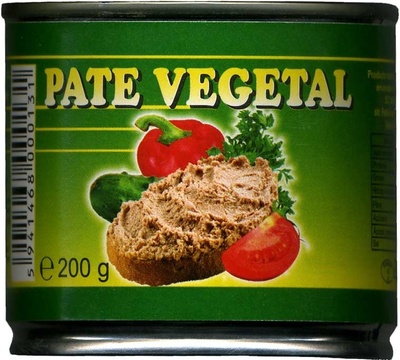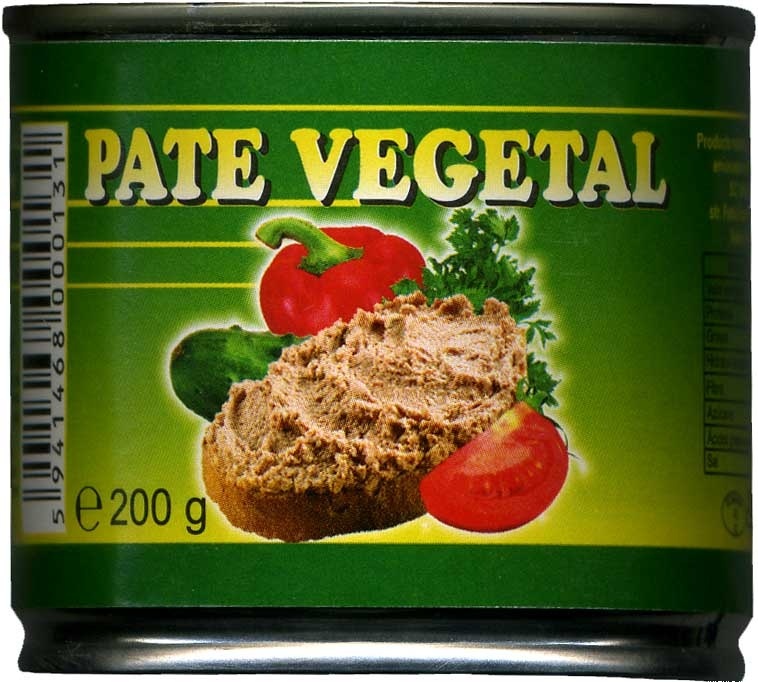Paté vegetal - Natex - 200 g
This product page is not complete. You can help to complete it by editing it and adding more data from the photos we have, or by taking more photos using the app for Android or iPhone/iPad. Thank you!
×
Barcode: 5941468000131 (EAN / EAN-13)
Common name: Paté vegetal
Quantity: 200 g
Packaging: Can, es:Esterilizado
Brands: Natex
Categories: Plant-based foods and beverages, Plant-based foods, Spreads, Plant-based spreads, Plant-based pâtés
Manufacturing or processing places: [FABRICANTE], Vaslui, Vaslui (distrito), Moldavia (Rumanía), Rumanía, [DISTRIBUIDOR], Coslada, Madrid (comunidad autónoma), España
Traceability code: FABRICANTE Y ENVASADOR:, RO 43 EC, S.C. VASCAR S.A., DISTRIBUIDOR EN ESPAÑA:, NIF: B-82172891, ES 40.19545/M C CE, MERCONTROL ESTUDIOS DE DISTRIBUCIÓN S.L.
Link to the product page on the official site of the producer: http://www.mercontrol.com/index.php?rout...
Stores: Carrefour
Countries where sold: Spain
Matching with your preferences
Environment
Packaging
Transportation
Report a problem
Data sources
Product added on by javichu
Last edit of product page on by packbot.
Product page also edited by kiliweb, musarana, yuka.UjVFZ002VVJpLzRKcHNjNHBrajE1WWtrMmMrNFZGS3RPdFFOSVE9PQ.










